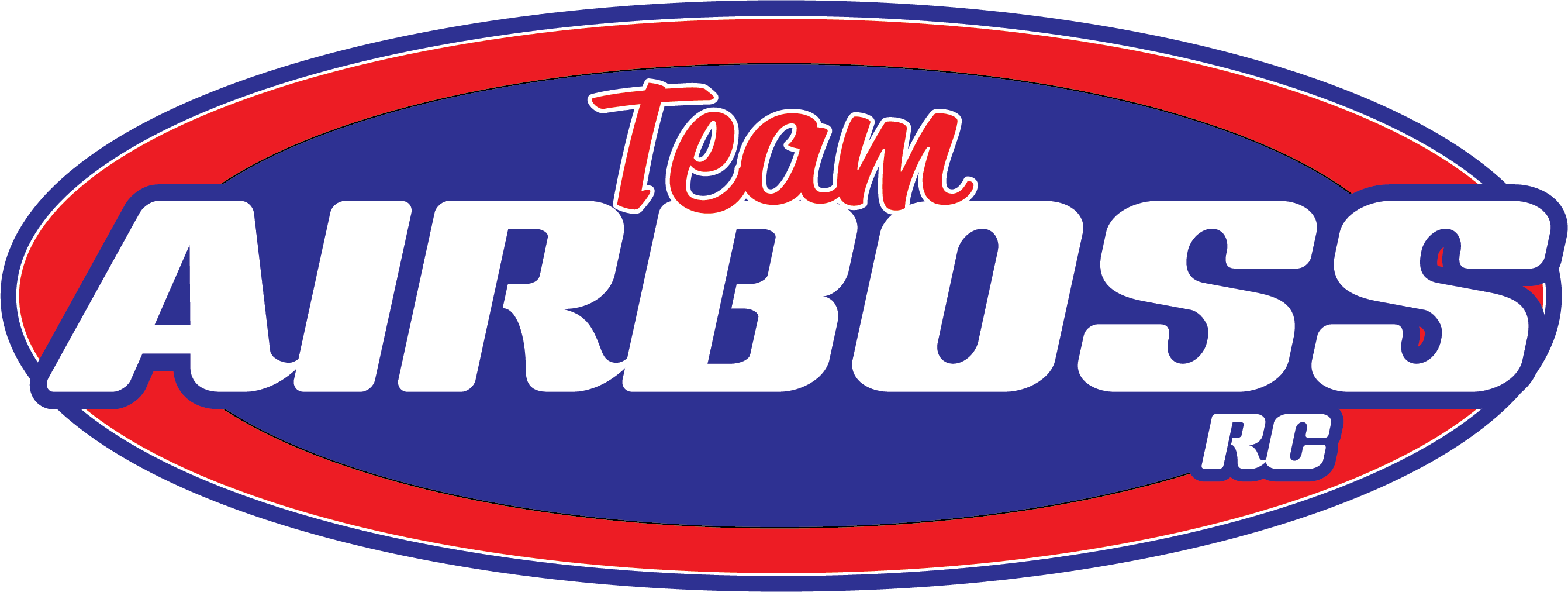How Many Servos Do You Need for an RC Plane?
- AIRBOSS RC

- Apr 6, 2023
- 3 min read
Updated: Sep 26, 2023
When it comes to RC planes, servos play a crucial role in controlling various aspects of flight. Understanding the significance of servos and determining the right number for your RC plane is essential. In this comprehensive guide, we will demystify RC plane servos, explaining their functionality, different types available, and provide insights into determining the ideal number of servos required. Additionally, we will explore where to find the best servos for your RC planes.
1. What Are Servos?
Servos are compact devices that convert electrical signals into precise mechanical movements. In the context of RC planes, servos are responsible for controlling the aircraft's control surfaces, such as ailerons, elevator, and rudder. They play a crucial role in translating the pilot's commands into physical movements of the control surfaces, allowing for precise control and maneuverability.
2. What Do Servos Do in an RC Plane?
In an RC plane, servos are responsible for several vital functions:
Control Surface Movement: Servos actuate the control surfaces, allowing the pilot to control the pitch, roll, and yaw of the aircraft. By responding to the pilot's inputs via the transmitter, servos move the control surfaces accordingly, influencing the plane's flight behavior.
Stability and Balance: Servos help maintain stability and balance in flight by adjusting the control surfaces as needed. They ensure the plane remains in the desired attitude, minimizing the effects of external factors such as wind.
3. What Kind of Servos Are There on the Market?
When it comes to selecting servos for your RC plane, you'll encounter a variety of options. Here are the main types of servos available:
Analog Servos: Analog servos are the traditional type of servo, offering reliable performance at an affordable price. They are suitable for most RC planes and provide adequate control for beginners and intermediate pilots.
Digital Servos: Digital servos offer improved precision and response compared to analog servos. They feature higher torque and faster movements, making them ideal for advanced maneuvers and higher-performance RC planes.
4. How Many Servos Do You Need in an RC Plane?
The number of servos required for an RC plane depends on various factors, including the aircraft's size, type, and complexity. Here's a general guideline to help determine the number of servos needed:
Basic RC Planes: Smaller, basic RC planes typically require a minimum of three servos—one for the elevator, one for the rudder, and one for the ailerons. This setup provides the necessary control for basic flight maneuvers.
Intermediate to Advanced RC Planes: As the complexity of the RC plane increases, so does the number of servos required. Intermediate to advanced planes may have additional servos for features like flaps, retractable landing gear, or even separate servos for each aileron for enhanced maneuverability.
Conclusion
Servos are essential components of RC planes, providing control over the aircraft's vital control surfaces. Understanding their role and determining the appropriate number of servos for your RC plane is crucial for a successful and enjoyable flying experience. Whether you're a beginner or an experienced pilot, selecting the right servos is essential.
Remember to consider factors such as the size, type, and complexity of your RC plane when determining the number of servos needed. Furthermore, explore reputable online retailers, local hobby stores, and the RC club networks to find the best servos that suit your requirements.
Investing in quality servos will contribute to precise control, stability, and enhanced maneuverability during flight. So, equip your RC plane with the right servos and take your flying adventures to new heights!
Happy flying!




Comments